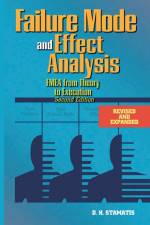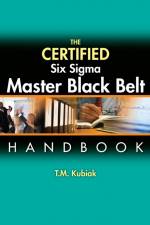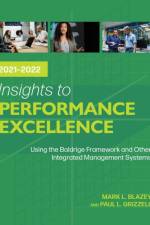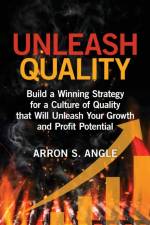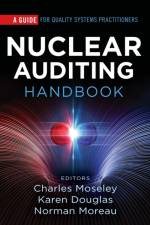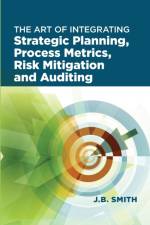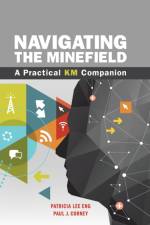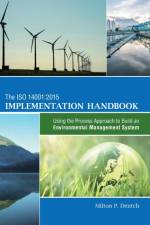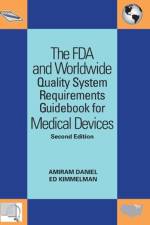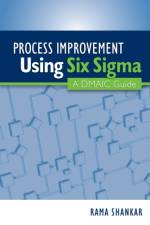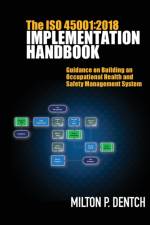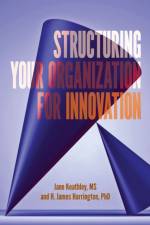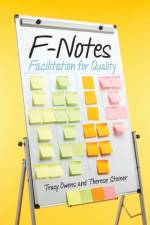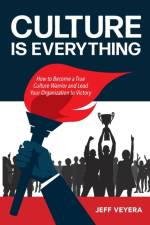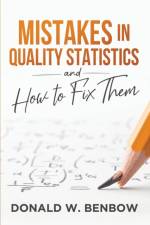av Victor E. Sower
375,-
Have you ever felt that you had a great insight that would benefit your department, division, or organization and found that you seem to be the only one who can see it? Worse yet, has it ever seemed that while you are struggling to pull your idea into consideration, others are actively holding you back? If you just had the power, you think, great things could be accomplished.What is your reaction? Have you and others who suggest new ideas been so beaten down in the past that you simply let the idea go because it isn't worth the emotional capital to pursue it? If that is the case, and your idea is indeed a good one, who suffers? You? The organization? The organization's customers? The answer is all of the above.This book is designed to help those with limited positional power to find ways to get their ideas seriously considered. It is also designed to help those with positional power create a culture that encourages ideas that will benefit the organization regardless of their source.Inspired by Spencer Johnson's classic fable, Who Moved My Cheese?, the authors of this book decided that there ;was another story that could be told about taking a more proactive, team-based approach to change. We Move Our Own Cheese is about creating change. As in Johnson's book, the cheese is a metaphor for what we have in life and what we believe we want more of. In a business context, it represents the business we are in-our current paradigm-and what it gives us."A cleverly conceived, thought-provoking fable by authors Fair and Sower that provides great insight into how to recognize the need for organizational change, the courage to make changes - and the necessity of taking risks in order for an organization's survival in today's innovative and highly competitive world. A great read for employees at every organizational level in any industry. I hope that this excellent book will have timely and wide distribution."Richard Bozeman, Author and Inventor; Retired Chief of the Propulsion and Power Division Test Facilities, NASA"It was very clever and thought provoking. I think the book could open up numerous opportunities for consulting and seminars."brPeter Birkholz, M.B.A. Managing Partner, Sam Houston Group, LP and Management Consultant, Birkholz Management Co. ZLLC.brbr"The manuscript is very well written. The characters represent very recognizable types in organizations. Their reactions to threat and authority are realistic, making them sympathetic figures. The story is compelling, with exciting plot twists. I couldn't stop reading until the end. The diary entries are a clever way to help the reader understand the story's underlying messages. Your prologue and epilogue are thorough and will be very useful for instructors and trainers, especially the list of discussion questions at the end."brDr. Geraldine Hynes, Ph.D. Professor of Business Communication, Sam Houston State Universitybrbr"I thoroughly enjoyed reading the manuscript. The simple, fun way the fable is written captivates the interest of the reader. I love the way the lessons are weaved into the fable and how they are presented, pulled out for emphasis in a book format. The main lesson and contributing lessons are profound and apply to any organization and individuals at a personal level. The diverse characters seem to come to life and the fable highlights the importance of teamwork leveraging the unique skills of the team. In addition, it points out that leadership among team members is fluid and situational. Such a fable can be used in academic and business settings. Academically, it would be valuable for students learn that they are empowered to create the path in front of them and how to be creative to overcome obstacles. In a business environment, it could reinforce for executives the importance of building a culture of innovation."brJerrine Baker, M.B.A. University Lecturer and President-Owner, Majestic Dreams Travel




